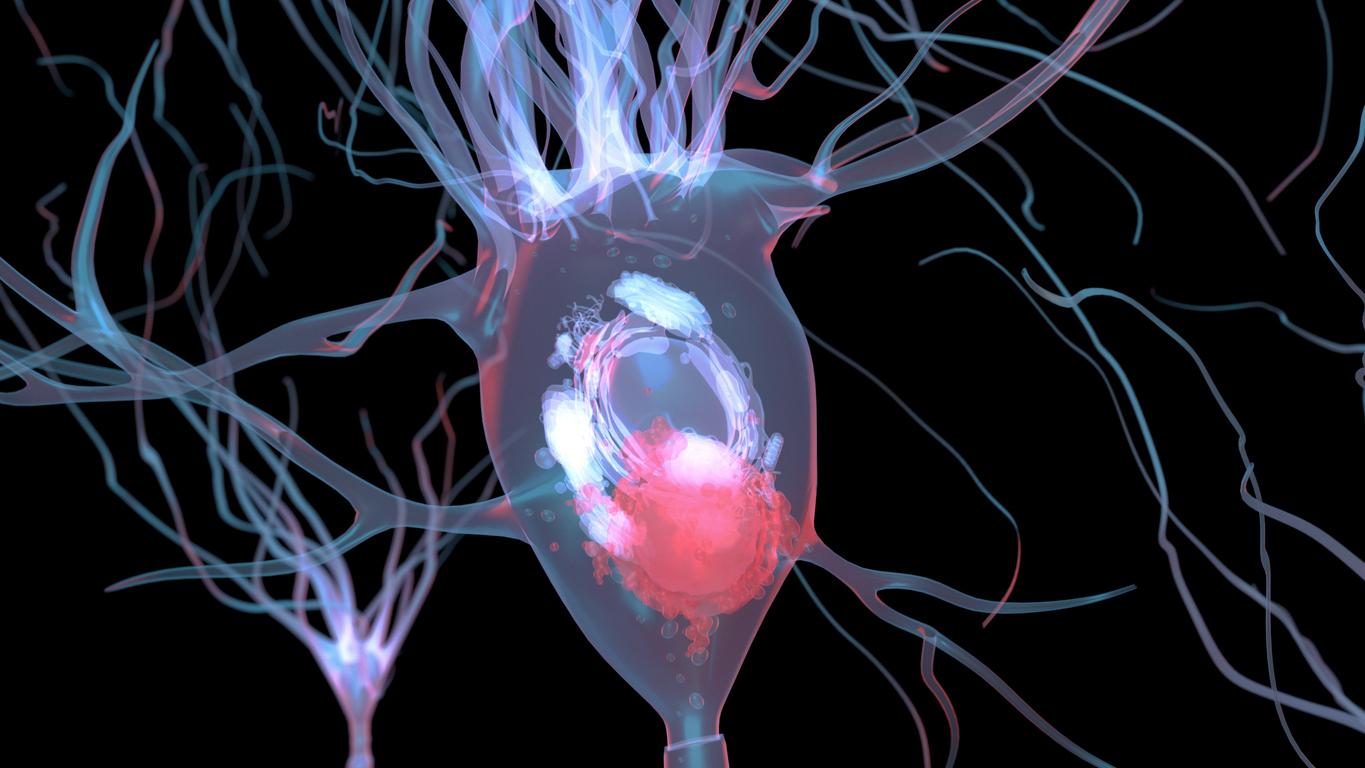Researchers at the Mayo Clinic have found the presence of “zombie cells” in the brain. Unable to perform normal cell functions, they are involved in the development of age-related neurodegenerative diseases such as Alzheimer’s.

“Zombie cells” are the names of senescent cells found in the brains of mice affected by neurodegenerative diseases by researchers at the Mayo Clinic in Rochester, United States. In their new work published in the journal Nature, researchers hope to better prevent the onset of age-related diseases such as Parkinson’s and Alzheimer’s.
Reversible accumulation of senescent cells
There is good reason why scientists have called senescent cells “zombies”: they cannot die, but they are unable to perform the functions of a normal cell. Previous studies had shown that the accumulation of these “zombie cells” in certain areas of the brain accelerates cognitive loss and therefore the onset of degenerative diseases. But, say the researchers at the Mayo Clinic, it is possible to prevent the accumulation of these cells and thus decrease the aggregation of Tau proteins, responsible for memory loss and progressive neuronal death.

@ Mayo Clinic in Rochester, USA.
“Senescent cells are known to accumulate as natural age advances and in places related to diseases related to aging, including osteoarthritis, atherosclerosis, and neurodegenerative diseases, such as Alzheimer’s disease and Parkinson’s disease, ”says Dr. Darren Baker, molecular biologist at the Mayo Clinic and lead author of the article. “In previous studies, we found that removing senescent cells from naturally aged mice prolongs their healthy lifespan.”
A mouse model
For this new work, the researchers continued their research on neurodegenerative diseases using a model that mimics certain aspects of Alzheimer’s disease in mice. “We used a mouse model that produces spider web-shaped tangles of Tau proteins in neurons and which have undergone genetic modifications allowing the elimination of senescent cells,” says Tyler Bussian, a student at the Mayo Clinic under the direction of Dr. Baker.
When the senescent cells were removed, the researchers found that the sick rodents had retained their ability to form memories, that the signs of inflammation were gone, and that they were no longer developing neurofibrillary tangles. Pharmacological intervention to eliminate senescent cells also modulated the agglutination of Tau proteins.
Encouraging work for the prevention of Alzheimer’s
In addition, during this work, Dr. Baker’s team was able to identify the type of specific brain cells that became senescent: microglia and astrocyte cells. “These cells are associated with neuronal health. So it makes sense that senescence in either one has a negative impact on the health of neurons.”
This discovery is as surprising as it is important, says Dr. Baker, because until now, no causal link between senescent cells and neurodegenerative diseases has been established. “We had no idea that senescent cells actively contribute to the pathology of the brain. Finding out that it is the astrocytes and the microglia which are prone to senescence is also a surprise”, explains the specialist.
To date, 900,000 people are affected by Alzheimer’s disease in France. A disease still incurable despite the progress of research. According to Dr. Baker, this new work paves the way for better prevention of brain damage in order to avoid the worsening of the condition of neurodegenerative diseases, including Alzheimer’s. “We are starting to treat animals after disease has established and to work on new models to look at the specific molecular alterations that occur in affected cells.”

.











-1721998247.jpg)





